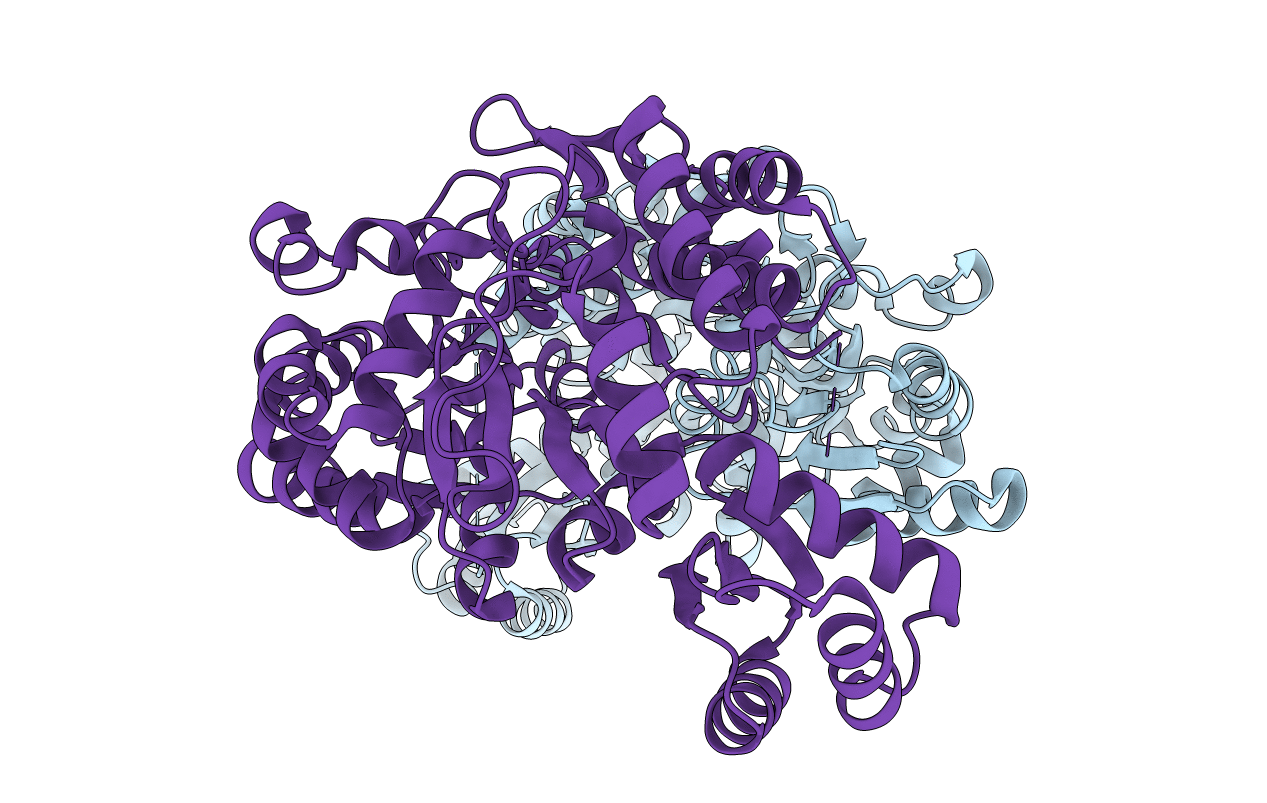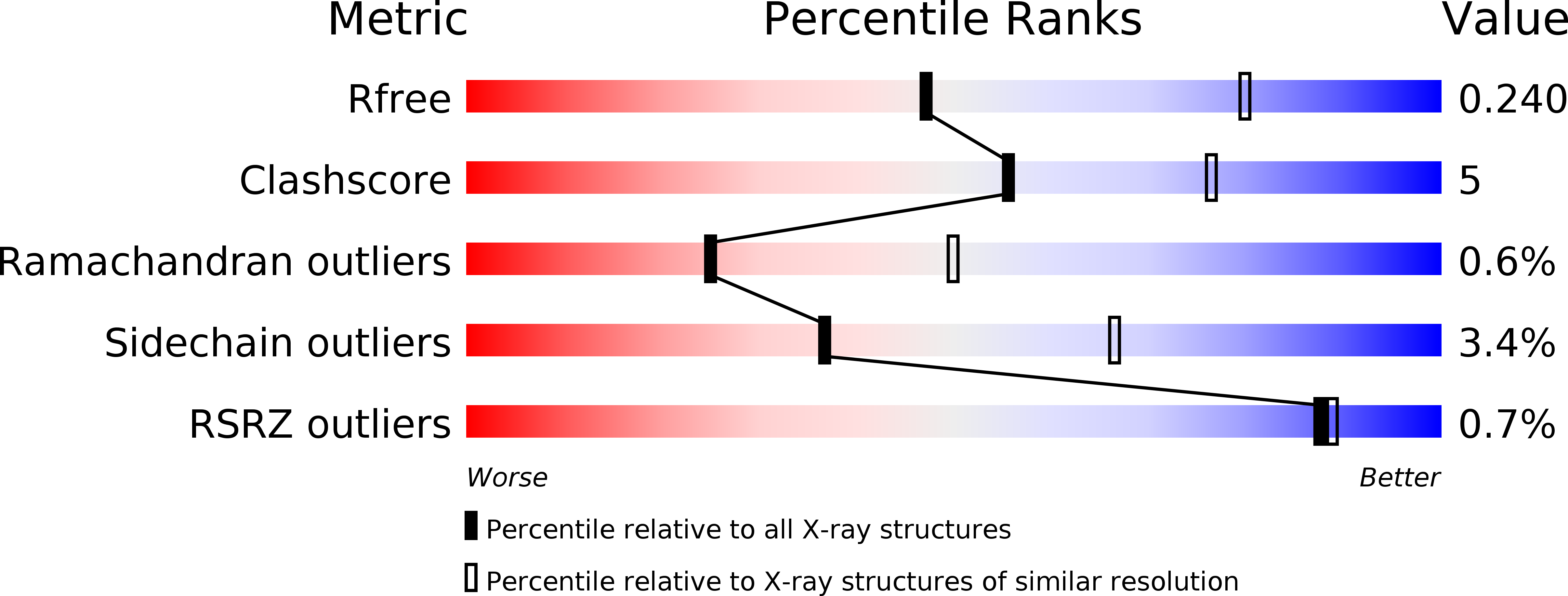
Deposition Date
2013-12-17
Release Date
2014-12-24
Last Version Date
2023-09-20
Entry Detail
Biological Source:
Source Organism:
Escherichia coli (Taxon ID: 83333)
Plasmodium falciparum (isolate 3D7) (Taxon ID: 36329)
Plasmodium falciparum (isolate 3D7) (Taxon ID: 36329)
Host Organism:
Method Details:
Experimental Method:
Resolution:
2.70 Å
R-Value Free:
0.23
R-Value Work:
0.18
R-Value Observed:
0.18
Space Group:
P 61


